Mitsubishi G4M Hamaki "Betty"
- About the aircraft
The Mitsubishi G4M is a twin-engine, land-based medium bomber formerly manufactured by the Mitsubishi Aircraft Company, a part of Mitsubishi Heavy Industries, and operated by the Imperial Japanese Navy from 1940 to 1945. Its official designation is Mitsubishi Navy Type 1 attack bomber (Hepburn : Ichishiki rikujo kogeki ki, Isshiki-rikuko) and was commonly referred to by Japanese Navy pilots as Hamaki ("cigar", lit. "leaf roll") due to the cylindrical shape of its fuselage and its tendency to ignite after a hit. The Allied reporting name was "Betty".
Designed to a strict specification to succeed the Mitsubishi G3M already in service, the G4M boasted very good performance and excellent range and was considered the best land-based naval bomber at the time. This was achieved by its structural lightness and an almost total lack of protection for the crew, with no armor plating or self-sealing fuel tanks. The G4M was officially adopted on 2 April 1941, but the aforementioned problems would prove to be a severe drawback, often resulting in heavy losses; Allied fighter pilots nicknamed the G4M "The Flying Lighter", as it was extremely prone to ignition after a few hits. It was not until later variants of the G4M2 and G4M3 that self-sealing fuel tanks, armor protection for the crew and better defensive armament was installed.
Nevertheless, the G4M would become the Japanese Navy's primary land-based bomber. It is the most widely produced and most famous bomber operated by the Japanese during World War II and it served in nearly all battles during the Pacific War. Attacks by G4M and G3M bombers resulted in the sinking of the Royal Navy battleship HMS Prince of Wales and battlecruiser HMS Repulse, the first time capital ships actively defending themselves were sunk solely by air power while in the open sea. G4Ms and G3Ms are also credited with sinking the heavy cruiser USS Chicago during the Battle of Rennell Island. The aircraft later served as the mother ship that carried the Yokosuka MXY-7 Ohka, a purpose-built anti-ship suicide weapon during the final years of the war. Of the 2,435 G4Ms produced, no fully intact aircraft have survived, though several airframes exist as unrestored wreckage or in partial states of completion.
- About the variant
The first bomber model of series, with 1,140 kW (1,530 hp) Mitsubishi MK4A "Kasei" Model 11 engines driving three-blade propellers. The following modifications were made during production:
C O N T R O L S
Trim : Flaps, cruising 'rotate' adjuster
VTOL : Further flaps
Specifications
General Characteristics
- Created On Android
- Wingspan 75.9ft (23.1m)
- Length 63.9ft (19.5m)
- Height 19.5ft (5.9m)
- Empty Weight 15,901lbs (7,212kg)
- Loaded Weight 19,191lbs (8,705kg)
Performance
- Horse Power/Weight Ratio 0.11
- Wing Loading 43.8lbs/ft2 (214.0kg/m2)
- Wing Area 438.0ft2 (40.7m2)
- Drag Points 6794
Parts
- Number of Parts 91
- Control Surfaces 7
- Performance Cost 606

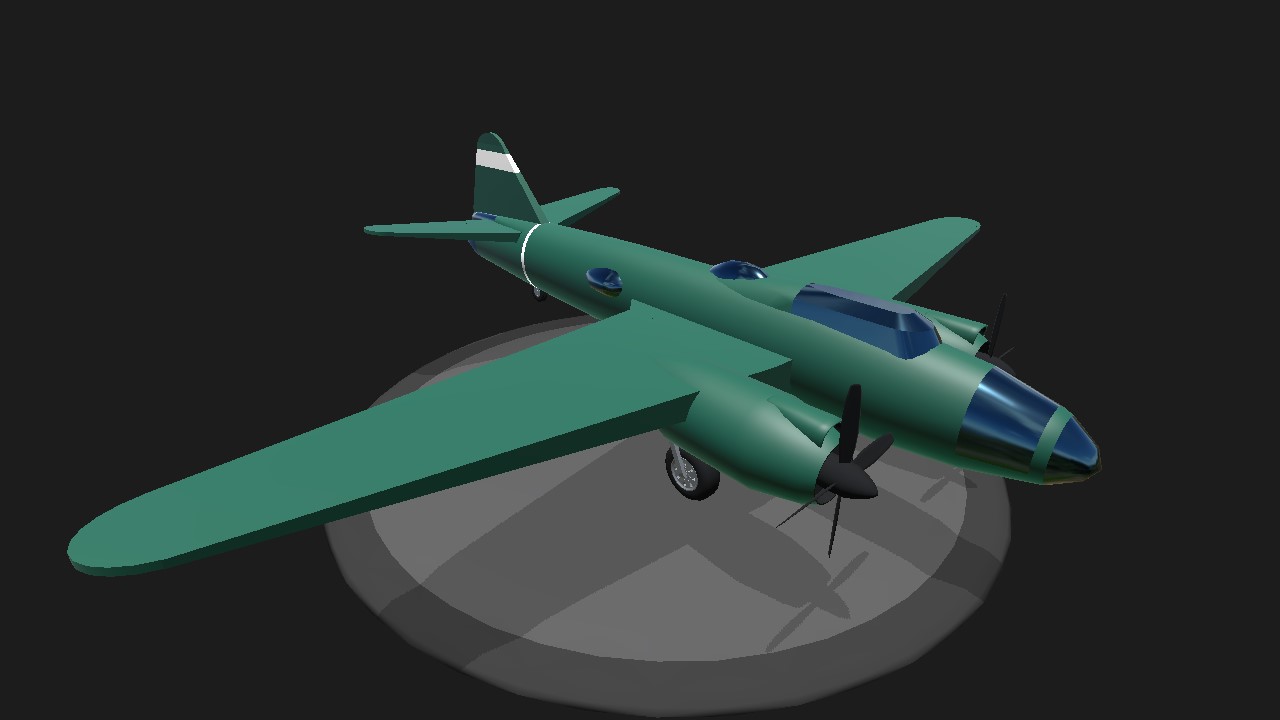
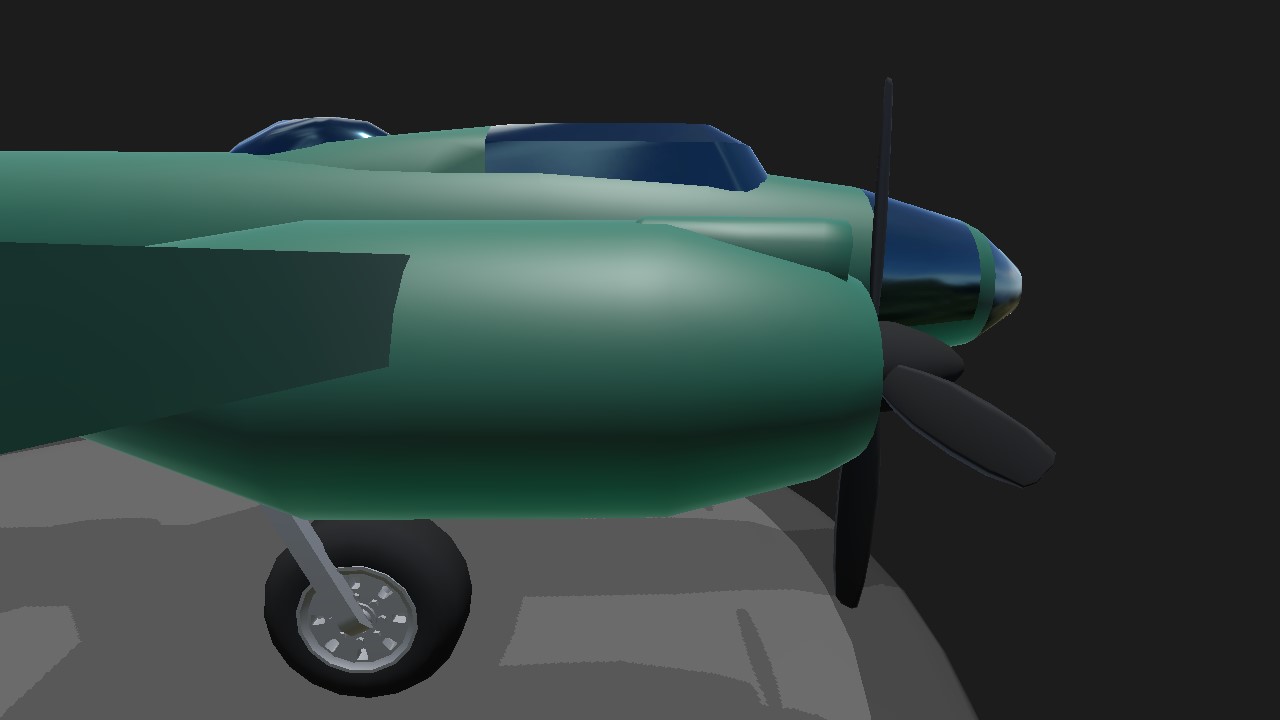
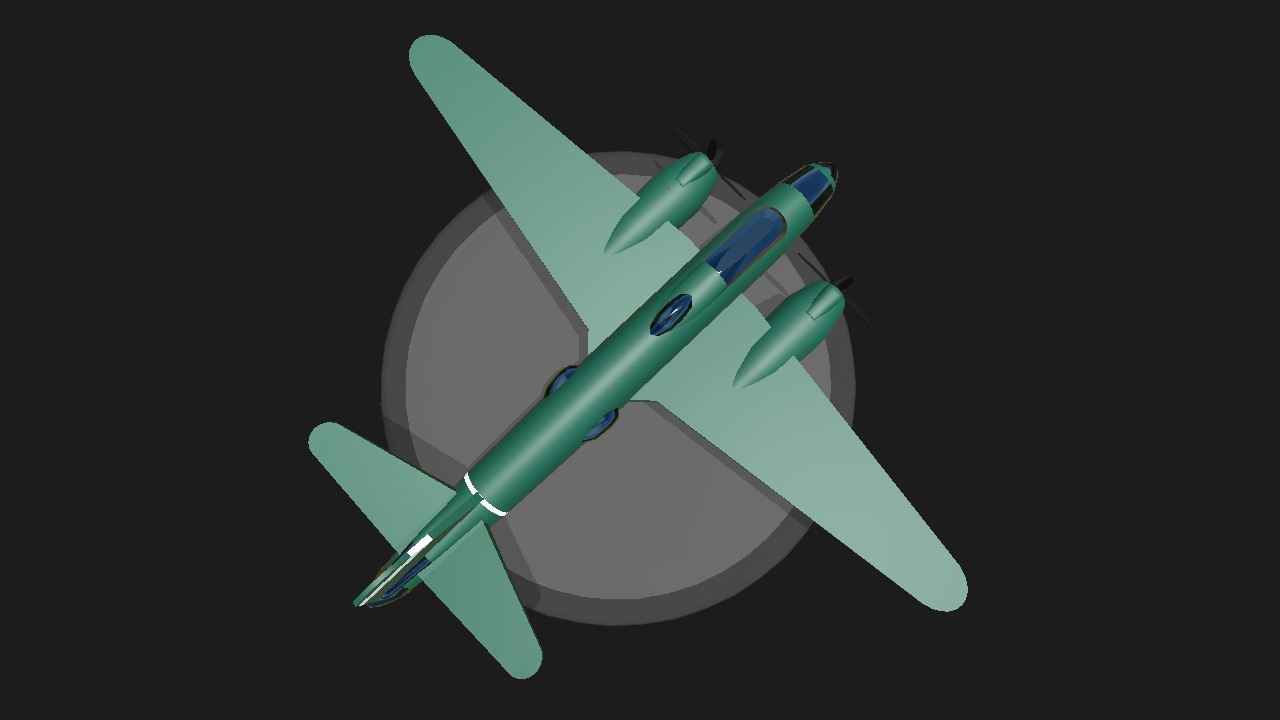

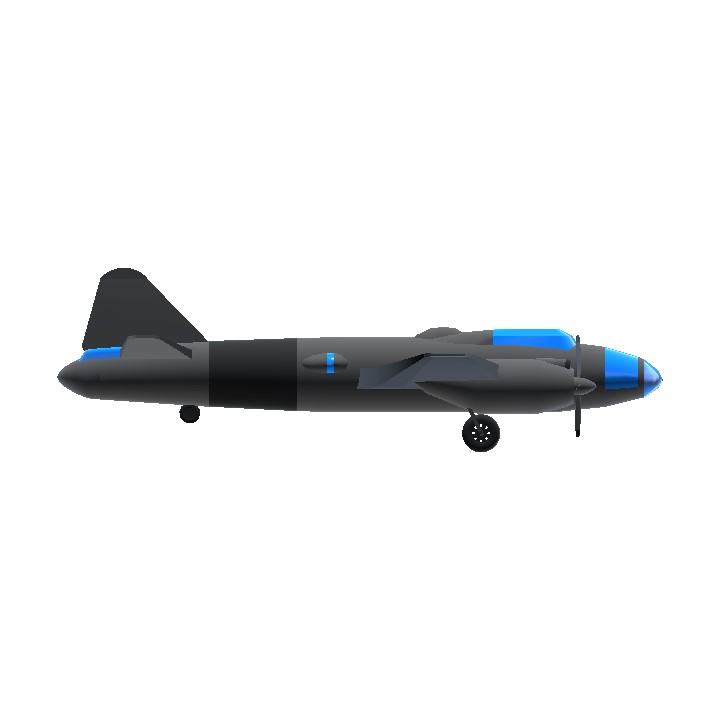
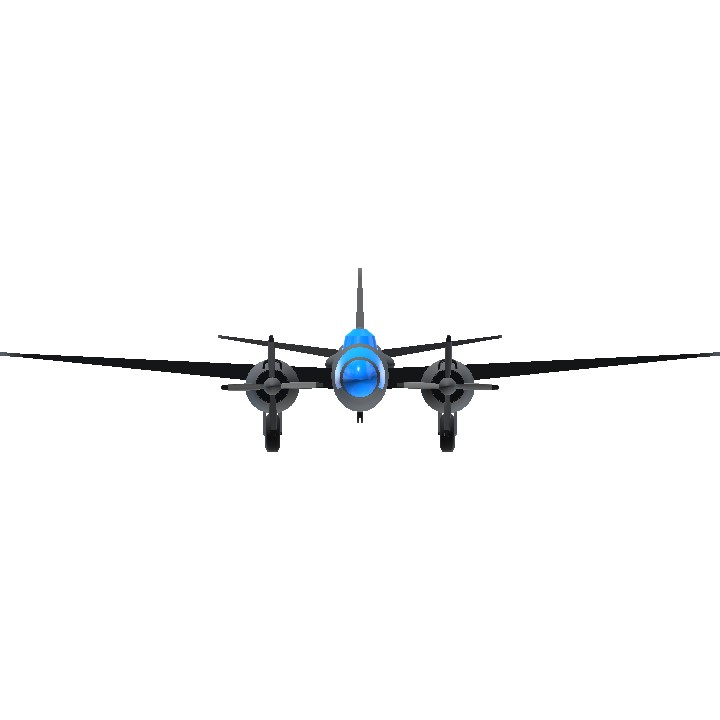
When i was this early japanese zeros are still dominating the skies